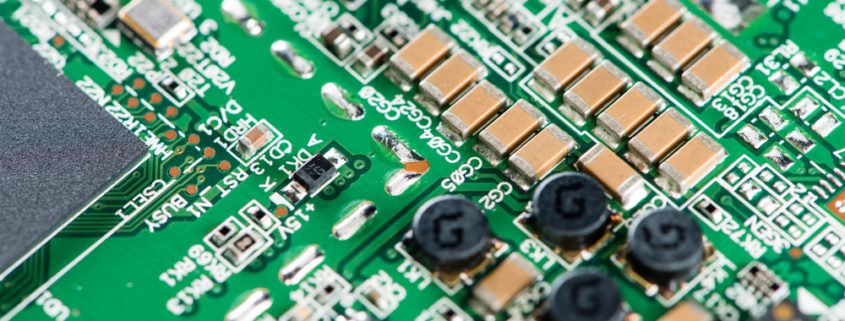The Role of AI in SoC Design and Implementation
Artificial Intelligence (AI) is revolutionizing System-on-Chip (SoC) design and implementation. AI is helping to reduce design time, improve efficiency, and develop more robust and reliable SoC designs.
This is possible by optimizing design parameters, improving verification and validation processes, automating design tasks, providing predictive analytics, and enabling fault detection and diagnosis.
The use of AI in SoC design is rapidly evolving. Experts expect it to play an increasingly important role in addressing the challenges associated with complex SoC designs.
Introducing AI
Artificial Intelligence (AI) focuses on the creation of intelligent machines that can perform tasks that would typically require human intelligence. AI technology enables machines to learn from experience, adapt to new situations, and perform tasks that would otherwise require human intelligence, such as image and speech recognition, natural language processing, and decision-making.
There are several techniques for AI technology, including machine learning, deep learning, and natural language processing. Machine learning is a type of AI that uses algorithms to analyze data, identify patterns, and make predictions.
Deep learning is a more advanced form of machine learning that uses artificial neural networks to perform complex tasks, such as image and speech recognition. Natural language processing focuses on enabling machines to understand and interpret human language.
AI technology is also useful in a wide range of industries, including healthcare, finance, transportation, and manufacturing.
AI & SOC Design
The combination of AI and SOC can be used to design and develop more efficient and effective solutions for a wide range of applications. Here are some examples of AI and SOC together:
Custom hardware acceleration.
- Custom hardware accelerators can be designed and integrated into an SOC to improve the performance of AI algorithms. This can be used for applications such as deep learning, which require a large amount of processing power.
Memory optimization.
- Memory is a critical resource in an SOC, and AI algorithms can optimize memory usage. For example, by using compression techniques or storing data in a more efficient manner, it is possible to reduce memory usage and improve performance.
Power optimization.
- Power consumption is also a critical consideration in SOC design, and AI algorithms can optimize power usage. For example, by using techniques such as voltage scaling, it is possible to reduce power consumption without sacrificing performance.
Security.
- AI algorithms can improve the security of an SOC. For example, by using AI algorithms to analyze system behavior, it is possible to detect and prevent security threats.
Real-time data connectivity.
- This is possible by training an AI model to execute with real-time data through various interface IP solutions. This includes the use of vision apps supported with CMOS-image sensors, LiDAR and radar supported with MIPI camera, microphone voice data transmission via USB, pulse density modulation and I2S.
Overall, the combination of AI and SOC can enable designers to develop more efficient, reliable, and secure solutions for a wide range of applications. By leveraging the power of AI, it is possible to optimize system performance, reduce power consumption, and improve the overall quality of the design.
Learn more about the advantages of system-on-a-chip technology by clicking here!
Linear MicroSystems, Inc. is proud to offer its services worldwide as well as the surrounding areas and cities around our Headquarters in Irvine, CA: Mission Viejo, Laguna Niguel, Huntington Beach, Santa Ana, Fountain Valley, Anaheim, Orange County, Fullerton, and Los Angeles.






